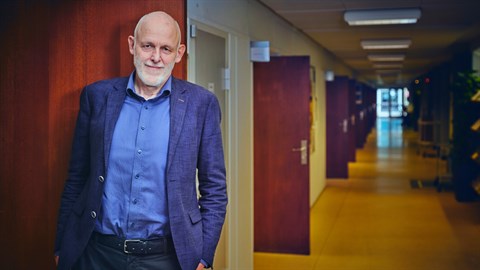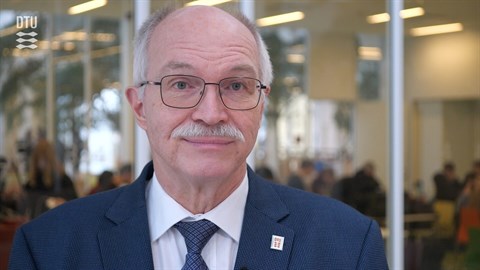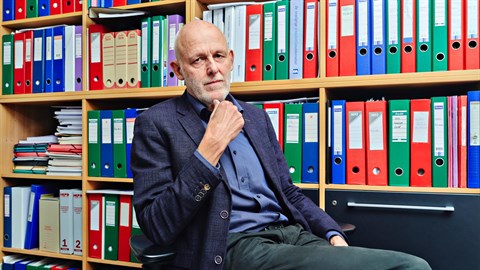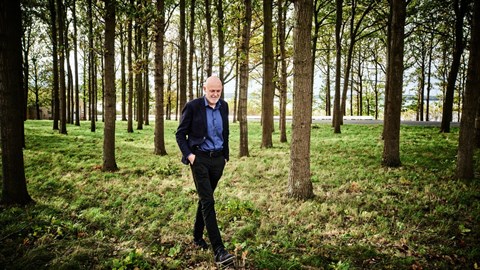Nuclear power
Nuclear power is a possible element in society's transition to fossil-free energy sources, potentially making it possible to meet increasing energy demands.
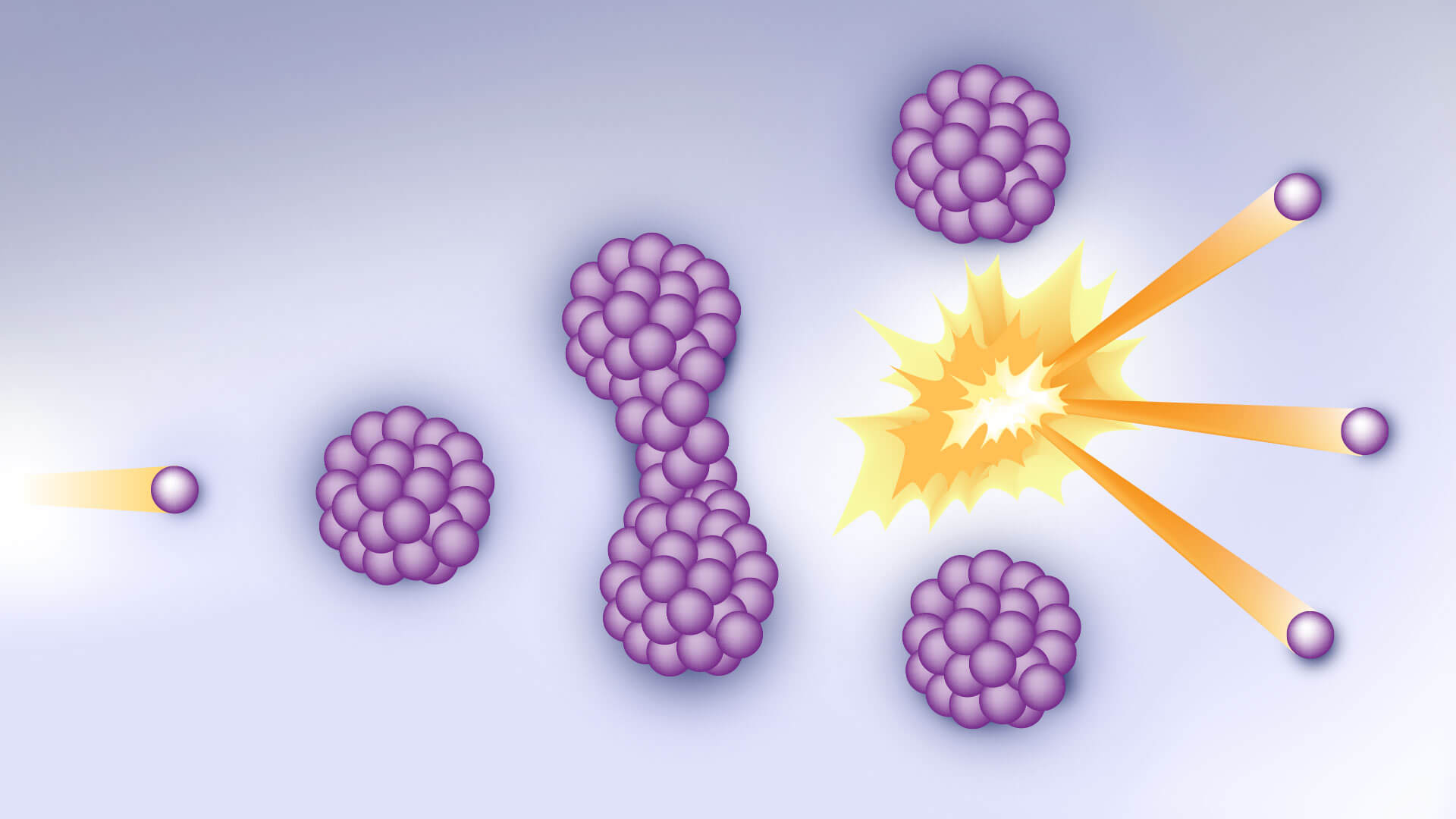
Nuclear energy is energy released from the nucleus of an atom. Atoms are small units that make up all matter in the universe, and in nuclear fission, the nucleus itself is split, releasing a tremendous amount of energy. This energy can be used to create heat and electricity.
According to the IAEA (International Atomic Energy Agency), nuclear power accounted for approximately 10% of the world's total electricity consumption in 2022. The United States and China are the largest producers, but the largest shares of nuclear power in the countries' total energy mix are found in Europe, where countries such as France, Hungary, and Ukraine, in particular, have high shares of over 50% of the electricity supply.
The Danish parliament decided in 1985 that nuclear power should not be produced in Denmark. However, electricity is imported from countries that have nuclear power plants, which is why, according to Energinet (in danish), approximately 5-10% of our electricity in 2022 was produced using nuclear power, primarily in Sweden.
The role of nuclear power in the European and Danish energy mix is constantly being discussed. Some countries, such as Germany, have closed their nuclear power plants, while others are building new ones. The debate has taken on a new perspective as recent years have seen new developments in research into nuclear power technologies that make it possible to build small modular reactors (SMRs). According to developers, they may prove to be more flexible and more economical than the large nuclear power plants in operation today.
Due to the decision not to produce nuclear power on Danish soil, there has not been extensive Danish research into nuclear power technologies. However, DTU has maintained research environments working with nuclear physics and nuclear technologies and has thus maintained professional expertise in the field.
DTU researchers contribute to research in nuclear power and teach students about the technologies. This is done to help Danish companies working with nuclear power in their development work and ensure that Denmark continues to possess strong competencies in the field. This also supports a knowledge-based debate and assessment of the potential for the use of nuclear power in Denmark.
